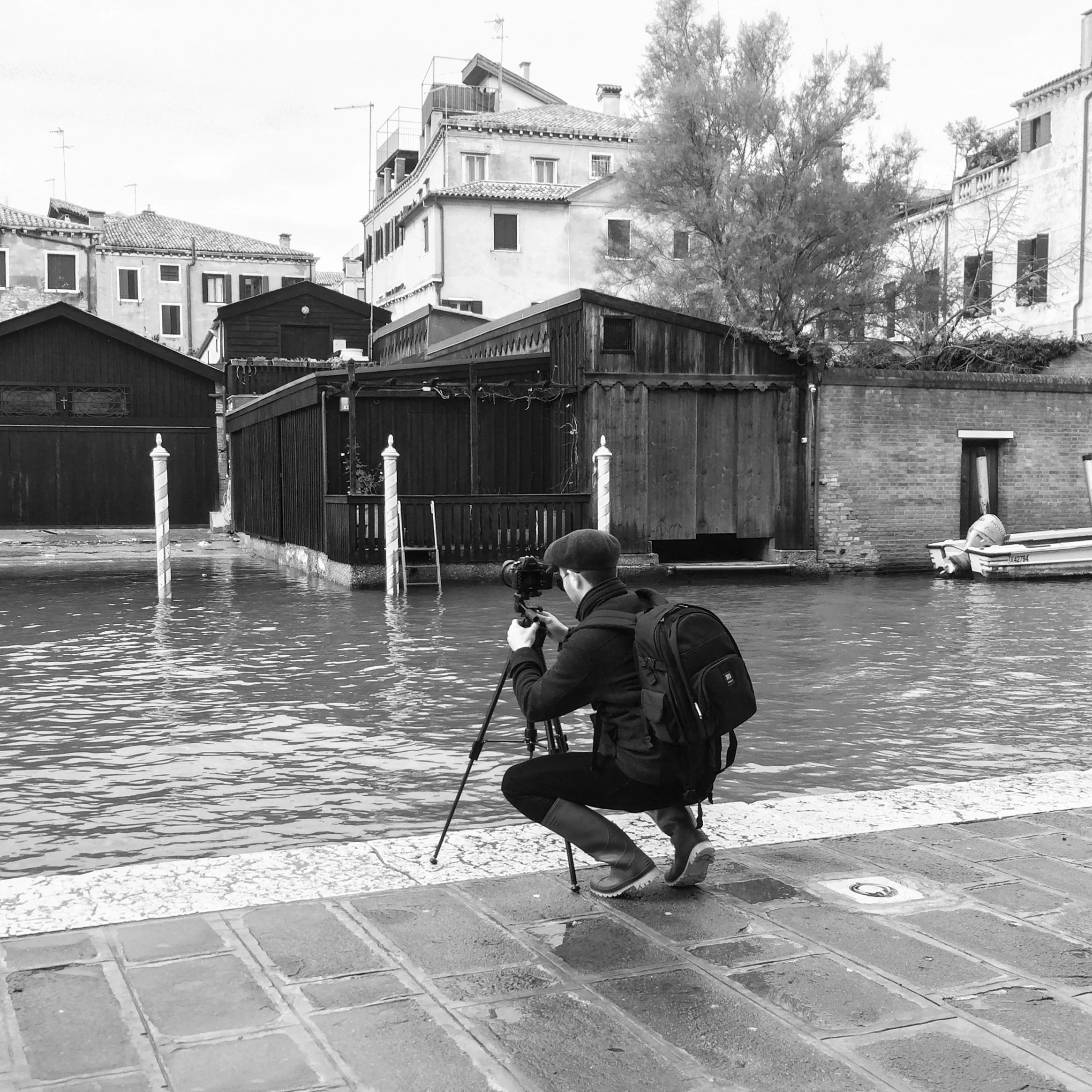Alejandro Merizalde is an American photographer born in Quito, Ecuador. Self-taught through years of experimentation and fieldwork, he has been developing a long-term project in Venice, Italy since 2008. Based in Connecticut, where he lives with his wife, he is a Senior Photographer at Yale University's Beinecke Library. His work has appeared in National Geographic (print and online) and various photography magazines. He has twice been awarded the Emily Harvey Foundation residency to support his work in Venice.
©photograph by Christina Gruppuso
